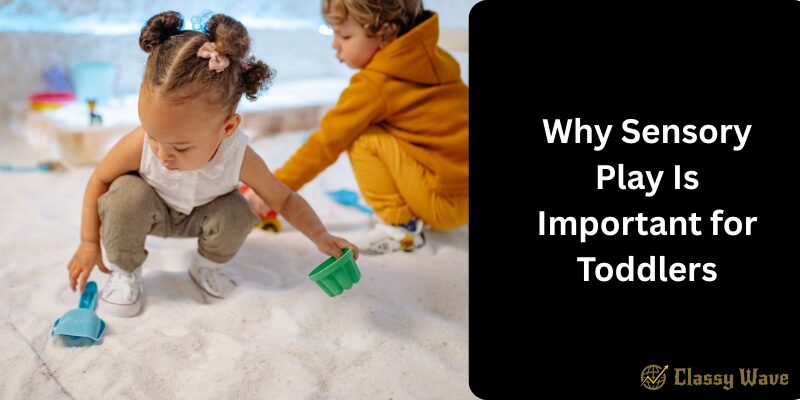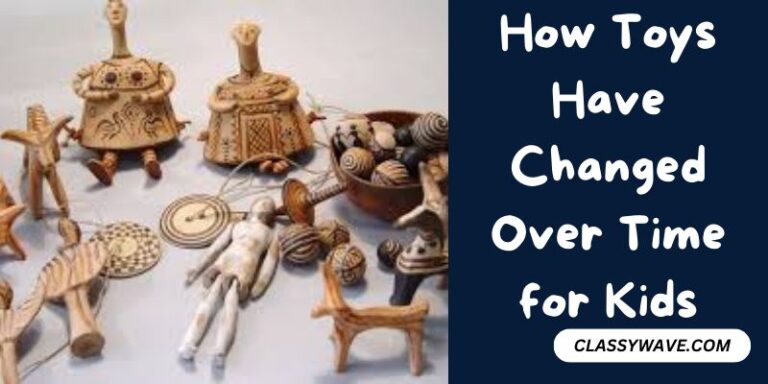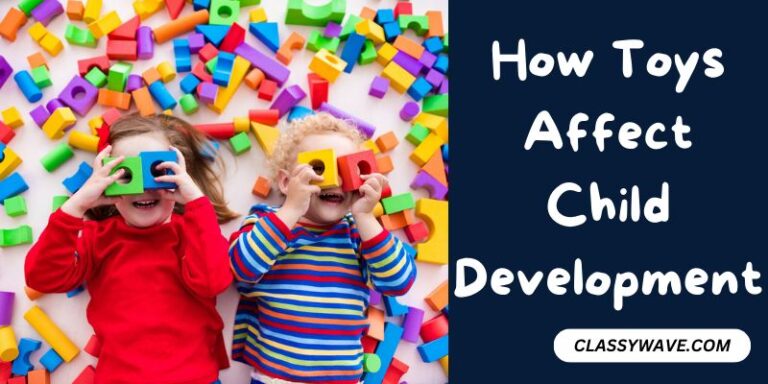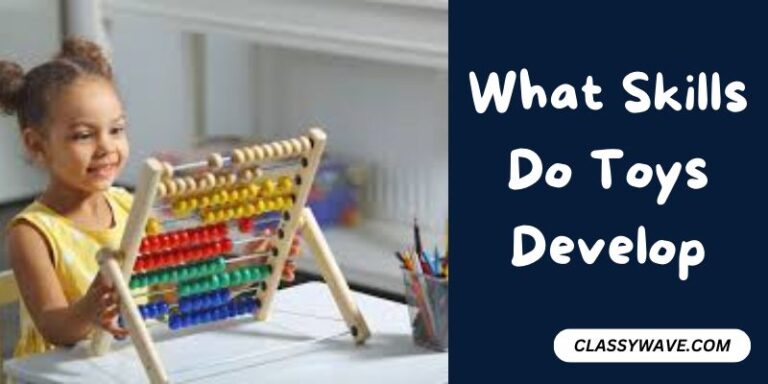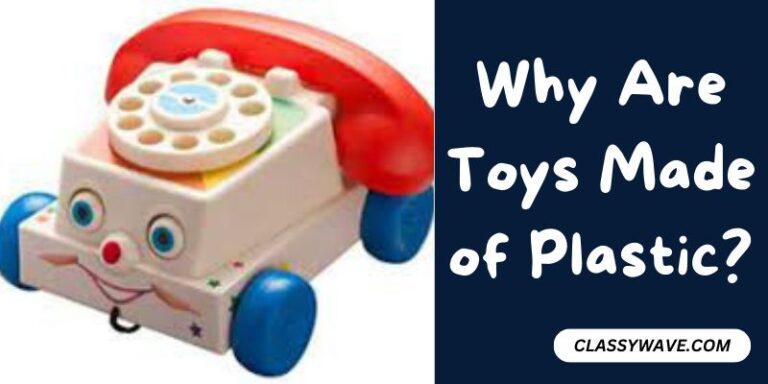Why Sensory Play Is Important for Toddlers | Classy Wave
Have you ever watched a toddler explore the world with endless curiosity—touching, tasting, and listening to everything around them? That’s sensory play in action! Sensory play is any activity that stimulates a child’s senses—sight, sound, touch, taste, and smell. It helps toddlers learn through hands-on exploration and builds the foundation for cognitive, physical, and emotional development.
What Is Sensory Play?
Sensory play includes activities like playing with sand, water, clay, or textured toys that engage a child’s senses. It’s not just about fun; it’s about helping children understand how things feel, smell, sound, and move. For example, when toddlers squish playdough or splash in water, they’re not just playing—they’re learning how their bodies and the world around them work.
The Science Behind Sensory Play
Sensory play activates multiple areas of the brain simultaneously. As toddlers touch, see, and hear different stimuli, their brains create new neural connections that enhance learning and memory. This type of play supports brain development and builds the foundation for problem-solving, language, and motor skills.
Boosts Cognitive Development
Sensory play encourages toddlers to think, reason, and make decisions. When they pour water from one cup to another or explore how sand molds into shapes, they’re developing early math and science skills. It also strengthens focus and concentration by keeping their curious minds engaged.
Enhances Fine and Gross Motor Skills
Playing with different textures and materials helps toddlers strengthen their muscles. Activities like squeezing, scooping, stacking, and mixing improve fine motor skills, which are essential for tasks like writing and dressing. On the other hand, running, jumping, or playing with larger objects develop gross motor skills—building balance, coordination, and control.
Promotes Language and Communication Skills
Sensory play creates countless opportunities for toddlers to describe what they feel and see. Phrases like “soft,” “sticky,” or “cold” help expand their vocabulary. When parents or caregivers join in, conversations flow naturally, improving communication and social interaction.
Encourages Creativity and Imagination
There are no rules in sensory play! Toddlers can create their own worlds with sand, paint, or water. This freedom sparks creativity and allows children to express themselves. A pile of sand becomes a mountain, and colored rice can become a treasure chest—sensory play transforms imagination into learning.
Supports Emotional Regulation
Toddlers experience big emotions they don’t always understand. Sensory play can have a calming effect. Activities like playing with water, kinetic sand, or soft textures help them relax and release tension. It teaches emotional regulation, helping them feel safe and grounded when they’re upset or overstimulated.
Improves Social Skills
When toddlers play together, sensory activities encourage teamwork and sharing. Whether they’re passing toys, pouring water, or building something together, they learn essential social skills—like patience, empathy, and cooperation. Sensory play can also help shy toddlers become more confident around others.
Stimulates Curiosity and Exploration
Sensory play invites toddlers to explore without fear of making mistakes. They learn by trial and error—experimenting, observing, and adjusting. This kind of hands-on discovery builds curiosity and lays the groundwork for a lifelong love of learning.
Encourages Independent Play
Toddlers often crave independence, and sensory play gives them the opportunity to explore on their own. Simple setups—like a sensory bin filled with rice, beans, or water—allow children to make decisions and solve problems independently, boosting their confidence and self-esteem.
Supports Sensory Processing
Every child’s brain processes sensory information differently. Sensory play helps children learn how to respond appropriately to different sensations. For example, it can help children who are overly sensitive (or under-sensitive) to certain textures or sounds to adapt more comfortably to new experiences.
How to Incorporate Sensory Play at Home
You don’t need expensive toys to start sensory play—simple household items work perfectly!
Here are a few easy ideas:
- Water Play: Fill a bowl with water, cups, and spoons for pouring.
- Sand or Rice Bin: Add small toys or scoops for digging and exploring.
- Playdough Fun: Encourage squeezing, rolling, and shaping.
- Nature Walks: Let toddlers touch leaves, flowers, and stones.
- Sensory Bags: Fill zip-lock bags with gels, beads, or foam for a mess-free experience.
The key is to provide safe, supervised environments where toddlers can explore freely.
Tips for Safe Sensory Play
- Always supervise your toddler during playtime.
- Choose age-appropriate, non-toxic materials.
- Avoid small objects that could pose choking hazards.
- Clean and store materials properly after use.
Safety ensures that your child can explore confidently while you enjoy peace of mind.
The Role of Parents in Sensory Play
Parents play a vital role in making sensory play meaningful. Engage with your toddler, ask questions, and describe sensations together. Phrases like “How does that feel?” or “What color is this?” enhance your child’s learning and strengthen your emotional bond.
Conclusion
Sensory play is far more than just messy fun—it’s an essential part of your toddler’s growth and learning journey. It supports brain development, motor skills, communication, and emotional health while sparking creativity and curiosity. By encouraging sensory exploration every day, you’re giving your child the tools they need to understand the world—one touch, sound, and splash at a time.

